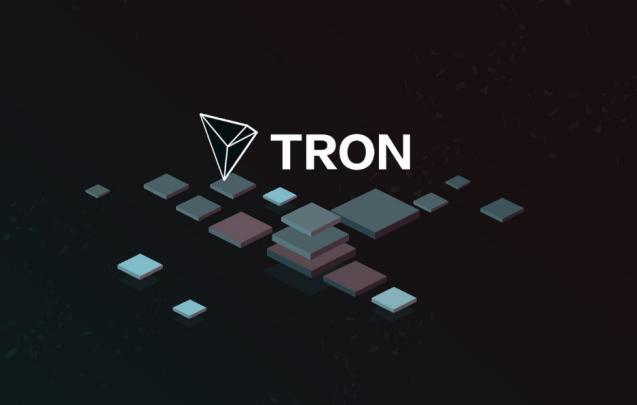
The TRX token is not only the core asset of the Tron network, but also plays an important role in its economic model. This article will provide an in-depth analysis of the supply, issuance mechanism and market performance of TRX to help readers better understand the economic characteristics and market dynamics of the TRX token.
TRX supply and issuance mechanism
Total supply: Initial supply: The total supply of the Tron network is set at 100 billion TRX tokens. In the early days, Tron issued some TRX tokens through ICO (Initial Coin Offering) and distributed them to investors and community members.
Circulation: After the launch of the Tron mainnet, TRX tokens began to circulate in the market. The Tron foundation and development team control a certain proportion of tokens, which are used for network development, incentive mechanisms, and strategic cooperation.
Issuance mechanism
ICO and issuance plan: Tron conducted an ICO in 2017 to raise funds for project development. The supply of TRX tokens during the ICO phase is gradually released, and the supply of tokens increases over time.
Release strategy: Tron adopts a gradual release strategy to control the supply of TRX tokens in the market. This strategy is designed to avoid price fluctuations caused by oversupply in the market.
Inflation and deflation
Inflation mechanism: Tron’s token economic model is designed with inflation in mind, and some of the newly issued tokens are used to reward network participants and support development.
Deflation mechanism: Tron also adopts a deflation mechanism, which reduces the circulation in the market by destroying a certain number of tokens, thereby increasing the value of the tokens.
TRX’s market performance
Price Trend: Historical Price Trend: Since its issuance in 2017, the price of the TRX token has experienced multiple cycles of volatility. Early price increases are mainly driven by ICO success and market sentiment, while later price movements are affected by network development, market demand and external factors.
Market Volatility: The price fluctuations of TRX are closely related to the fluctuations of the entire cryptocurrency market. Macroeconomic factors, regulatory policies and market trends all have a significant impact on the price of TRX.
Trading volume and market depth
Trading Volume: TRX is traded on multiple exchanges, and its trading volume reflects the market demand for the TRX token. High trading volume usually means higher market interest in TRX.
Market Depth: The market depth of TRX indicates the distribution of buy and sell orders in the market. Better market depth helps improve trading liquidity and stability.
investment potential
Long-term investment: As the core token of the Tron network, TRX’s long-term investment potential depends on the development of the Tron ecosystem and changes in market demand. Tron's technological innovation and ecological construction have a direct impact on the value of TRX.
Short-term trading: Due to the market volatility of TRX, short-term traders need to pay close attention to market dynamics and technical analysis to seize trading opportunities.
TRX market competition
Competition with other tokens: Competitors: TRX faces competition in the market from other smart contract platforms and blockchain projects, such as Ethereum, EOS, and Cardano. These competitors have certain overlap with Tron in terms of technology, market, and application scenarios.
Differentiation advantages: Tron differentiates itself from competitors and strives for market share through its features such as high throughput, low transaction fees, and decentralized content distribution.
in conclusion
The economic model of the TRX token demonstrates its uniqueness in its supply, issuance mechanism and market performance. Understanding these economic characteristics and market dynamics is crucial for investors and users to help evaluate the potential and value of the TRX token. As the Tron network develops, TRX's market performance may undergo new changes, which deserves continued attention.